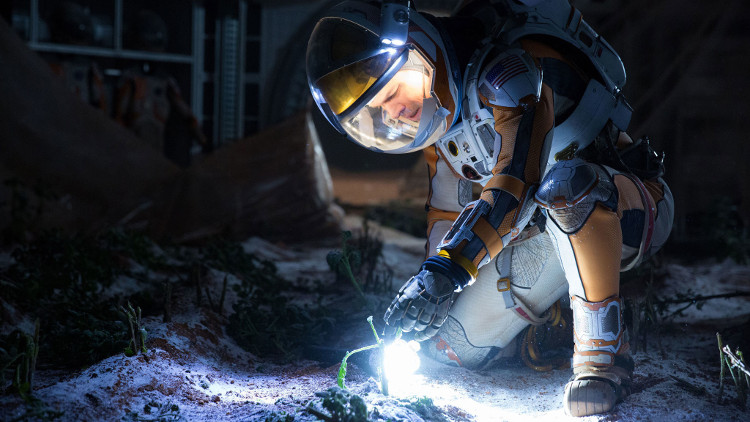'Turning into food' may be the key to bringing people to Mars
People are currently urgently conducting plans to conquer Mars. And to do it, they won't be able to ignore this "gruesome" discovery.
NASA is currently rushing to complete many products and inventions, aiming to turn the ambition to bring people to conquer Mars in 2030 into reality.
And recently, science believes that they found the key to open the door to the Red Planet. Only thing, this is a somewhat . horror discovery, which is the method of turning . astronauts' feces into a nutritious food.
More specifically, experts believe that not only feces but also urine, even exhaled air can be used as 3D printing materials and turned into food. As a result, long-term trips - like to Mars or beyond - will come a little closer.

In short, turn stool and urine into food .
This finding is based on a yeast called Yarrowia lipolytica , with the ability to eat carbon from breaths and nitrogen in human waste to create everything - from vitamins to complex materials like polyester (probably used to make tools, or repair ships when they fail.
Experts from Clemson University (USA) are the leaders of this research. The research stems from the fact that we cannot carry all the necessary tools on the train to Mars. Therefore, such an " excellent " recycling system is very important and potential for the future.
"If an astronaut's tour lasts for years, we have to find a way to reuse everything in the ship" - says Mark A. Blenner, a member of the group.

Astronauts will have to reuse everything in the ship.
One of the yeasts used for research has even produced omega-3 acid , which is very beneficial for cardiovascular, visual and brain. The amount of omega-3 carrying ships is limited, so astronauts need a way to create it.
"We found that Y. lipolytica has a slightly different genetic and biochemical nature compared to other normal yeasts," Blenner said. "In general, this difference takes time and effort to find out."
At present, carbon and nitrogen yeasts only regenerate very small amounts of polyester and nutrients. But according to Blenner, in the future, production will increase many times.

Such an " excellent " recycling system is very important and potential for the future.
In addition, there is another challenge that Blenner's team needs to overcome: the yeast currently needs another supplement to convert carbon , and this material is also supplied by researchers. level. In addition, the harvesting of polyester from yeast is also quite difficult.
However, research is still evaluated by NASA as extremely positive about the problem of waste disposal and recycling in the universe.
The study was presented at the National Exhibition Conference of the American Chemical Society.
- Human causes choose Mars to
- NASA cooperates with Peru to implement a potato planting project in the Mars environment
- People are about to turn Mars into colonies?
- America: Will conquer Mars within the next 20 years
- More than 78,000 people registered on Mars not back
- 706 people won 4 tickets to Mars
- Discovered an algae that lived up to 2 years in space
- Start selling 'one-way tickets to Mars'
- The safe method of bringing people to Mars
- People will become pregnant, give birth and create a new human species on Mars?
- Details of NASA's 5-stage plan to bring people to Mars
- Settling on Mars: Make water and oxygen
 Van Allen's belt and evidence that the Apollo 11 mission to the Moon was myth
Van Allen's belt and evidence that the Apollo 11 mission to the Moon was myth The levels of civilization in the universe (Kardashev scale)
The levels of civilization in the universe (Kardashev scale) Today Mars, the sun and the Earth are aligned
Today Mars, the sun and the Earth are aligned The Amazon owner announced a secret plan to build a space base for thousands of people
The Amazon owner announced a secret plan to build a space base for thousands of people